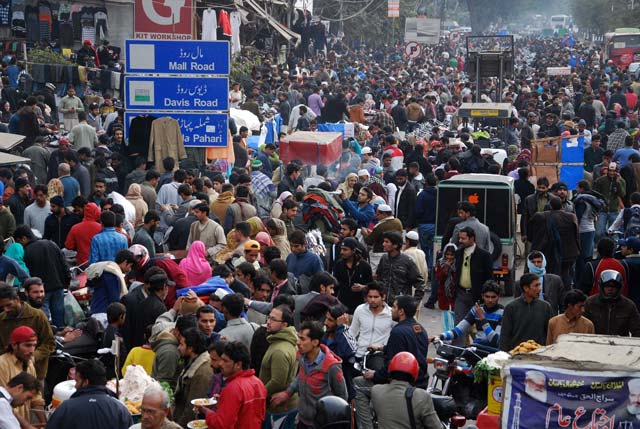Developing Asia and the Pacific has a number of hurdles, including limited access to basic services, social isolation, health problems, and inadequate pension coverage, making it ill-equipped to protect the welfare of its increasingly aging population. The Aging Well in Asia: Asian Development Policy Report, released on Thursday by the Asian Development Bank (ADB) during its 57th Annual Meeting in Tbilisi, Georgia, states that although longer lifespans are a sign of the region’s development success, immediate policy reforms are necessary to protect the welfare of older people.
By 2050, the number of people in developing Asia and the Pacific who are 60 years of age or older is expected to nearly quadruple to 1.2 billion, or about a quarter of the region’s total population. This would increase demand for healthcare services, pension plans, and social programs. Simultaneously, countries stand to benefit from a “silver dividend” in the form of increased productivity from the elderly, which may raise the average gross domestic product of the area by 0.9%. ADB Chief Economist Albert Park said, “While Asia and the Pacific’s rapid development is undoubtedly a success story, it is also fueling a significant demographic shift, and the pressure is mounting.”
“Governments need to get ready right away to help the hundreds of millions of elderly people in the area. Lifelong investments in health, education, skills, and retirement preparedness should be encouraged by policy. In order to develop a healthy and productive elder population and maximize their contributions to society, it is also essential to nurture family and social ties, according to Park.

I am a dedicated student currently in my seventh semester, pursuing a degree in International Relations. Alongside my academic pursuits, I am actively engaged in the professional field as a content writer at the Rangeinn website.







